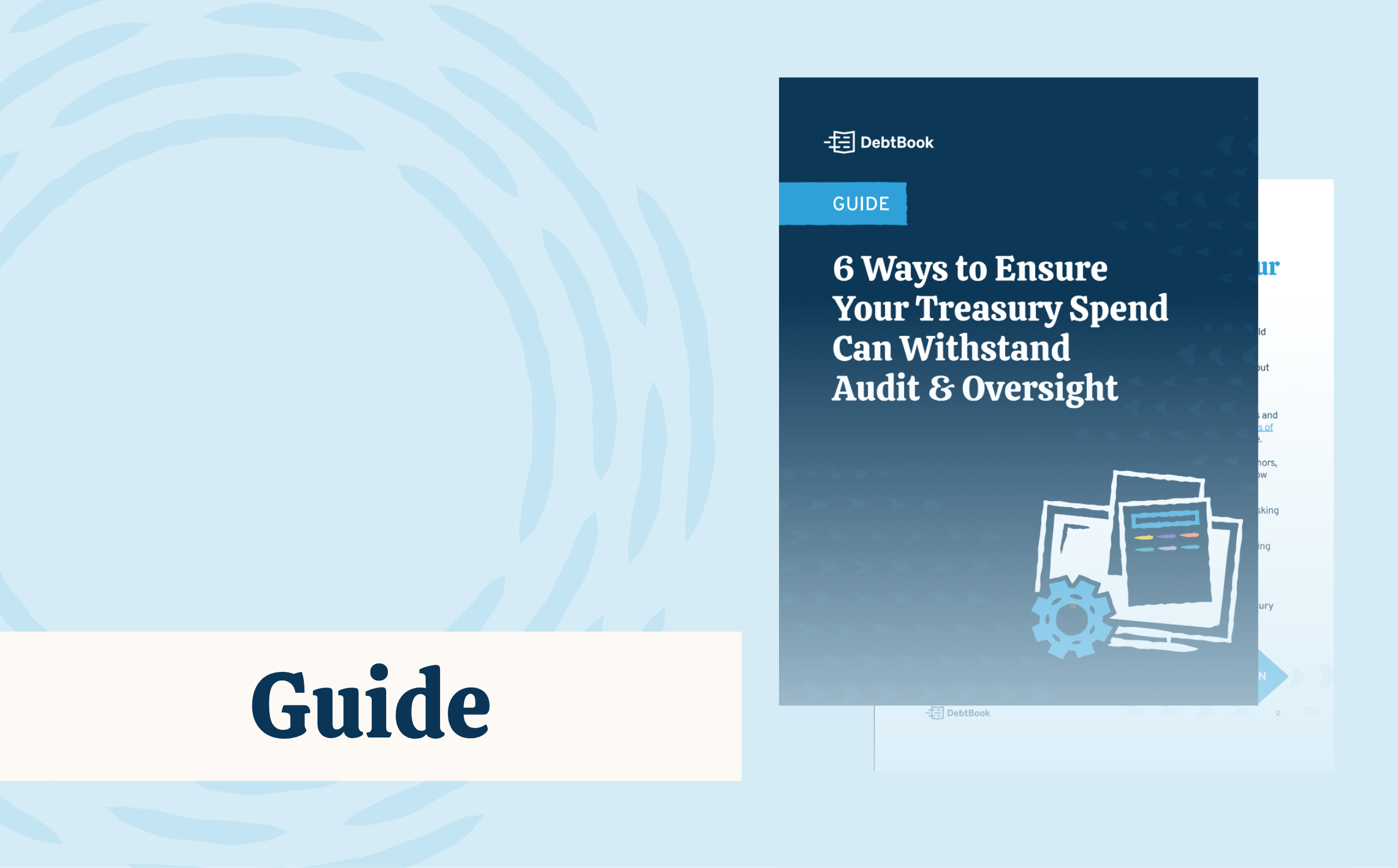“Incremental borrowing rate” is one of the most common terms in lease accounting, and it’s also highly misunderstood. Put simply, an incremental borrowing rate is the interest rate a lessee has to pay to borrow money to finance an asset that is similar to a lease’s right-of-use asset.
The problem is that there’s room for interpretation with incremental borrowing rates because they require analysis of market data, which may not be easily found or exist at all. Calculating these rates also requires in-depth knowledge of an organization’s finances. Keep reading to explore some of the ins and outs of this key calculation.
Why Is Calculating the Incremental Borrowing Rate Important?
To comply with Governmental Accounting Standards Board (GASB) Statement No. 87, “Leases” (GASB 87), you will likely need to determine the incremental borrowing rate of at least one of your leases. Due to the importance of this calculation, incremental borrowing rates should be determined in a way that is accurate and reflects real-world data.
Is It Necessary to Calculate Separate Incremental Borrowing Rates?
Do separate incremental borrowing rates need to be calculated for each class of leased assets?
Because banks theoretically adjust their loan pricing based on the quality and character of the underlying security for the loan (which is typically the asset being financed), GASB-87 contemplates the possibility of calculating a separate incremental borrowing rate for each lease based on the nature of the underlying leased asset.
However, many governmental entities and nonprofits bundle various assets together and finance them on an unsecured basis in a single transaction using their most efficient, low-cost financing option. For local governments, for example, that may be a general obligation bond backed by their full faith and credit. For nonprofit universities or schools, that may be a general revenue bond payable from all available revenue sources.
When a bundled financing approach is possible, calculating a single incremental borrowing rate across all asset classes using the entity’s lowest cost of funds is a reasonable approach and an acceptable basis for performing your GASB-related calculations.
Determining Separate Incremental Borrowing Rates
Consider the following factors when calculating separate incremental borrowing rates.
Credit Risk
An incremental borrowing rate is entity-specific. Therefore, the ability to repay debts is a critical factor in considering interest rates.
Lease Payments
The lease payment amount should be considered in conjunction with the lessee’s preexisting debt. If lease payments related to the incremental borrowing rate will have a significant impact, then it should lead to a risk adjustment due to the lessee’s debt obligations being considerably altered.
Length of the Lease
The duration of the lease is a critical consideration because it is directly tied to the level of risk. For example, ten-year leases have different risks compared to one-year leases.
Collateralized Nature
Incremental borrowing rates are determined on a secured—or collateralized—basis. Secured loans require collateral that can be seized if a borrower defaults on the loan, whereas unsecured loans don’t require collateral, but the borrower has to be sufficiently creditworthy. Because of this, the rate should reflect that the lessee has enough quality collateral to make lease payments in the event of default.
Your Guide to Incremental Borrowing Rates
To help calculate incremental borrowing rates, we recommend using DebtBook’s free “Incremental Borrowing Rate Template.” Although this approach has been vetted with internal accountants and external accounting consultants, we advise consulting with your own advisors and accountants when calculating your incremental borrowing rate (or rates) per GASB standards.

For more in-depth information on incremental borrowing rates and calculations, explore DebtBook’s Guide to the Incremental Borrowing Rate today.
Disclaimer: DebtBook does not provide professional services or advice. DebtBook has prepared these materials for general informational and educational purposes, which means we have not tailored the information to your specific circumstances. Please consult your professional advisors before taking action based on any information in these materials. Any use of this information is solely at your own risk.







